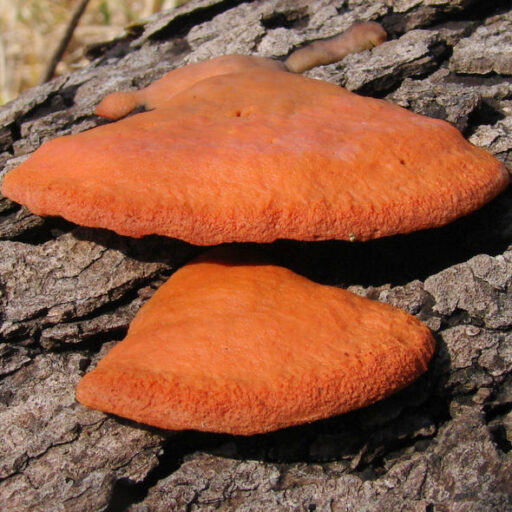Pluteus deceptivus is probably widespread in the Midwest and Northeastern United States.





Collected and documented in 1942 by Alexander Smith. He thought it was a new species but never published his findings. It wasn’t until 2010, 68 years later, that Pluteus expert Drew Minnis described and published the mushroom as Pluteus deceptivus.
See Pluteus section Celluloderma in the U.S.A.
“Etymology: Named after the difficulty both
historical and in practice of identifying this
fungus.”
“Pileus 3–6.5 cm in diameter, obtuse to convex
becoming broadly convex to nearly plane; surface
dry, glabrous, disc smooth or rugulose, becoming
conspicuously radiately rimose from margin
inward in age; blackish brown (fuscous, R) on
disc and gray to avellaneous (drab to avellaneous,
R) towards the margin; ground color showing
through split cuticle pallid to pinkish; margin
often plicate in age. Stipe 4–8 cm x 3–6 mm,
equal; surface glabrous, innately striate; white to
very pale straw colored; solid; firm. Lamellae
free, broad, moderately close to subdistant, pallid
to whitish becoming pink; edges smooth to finely
fimbriate, concolorous. Lamellulae 1–2 tiers.
Context thin, fragile, whitish. Odor mild. Taste
mild.” Holotype description.
Pluteus deceptivus Minnis & Sundb. (2010)
Microscopic Features of Pluteus deceptivus






These micrographs show the roundish spores and pleurocystidia of P. deceptivus.
